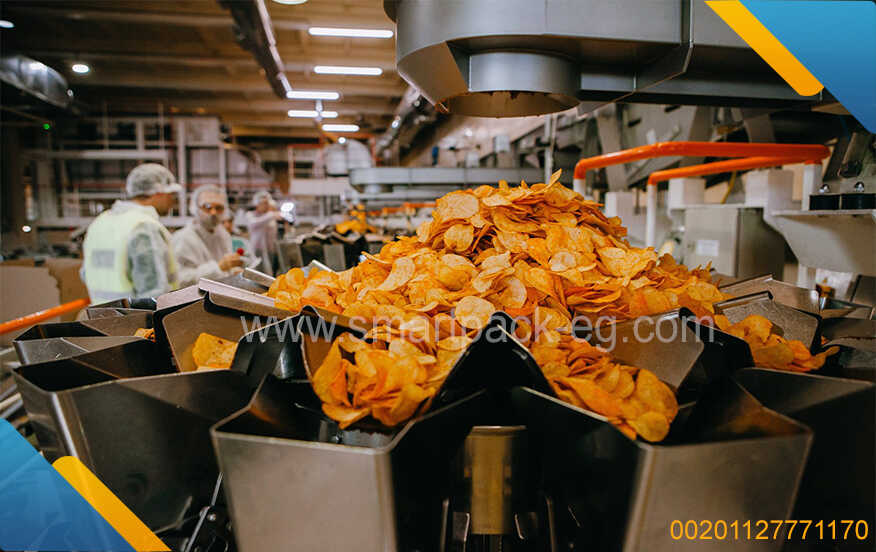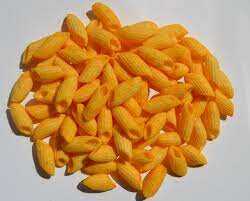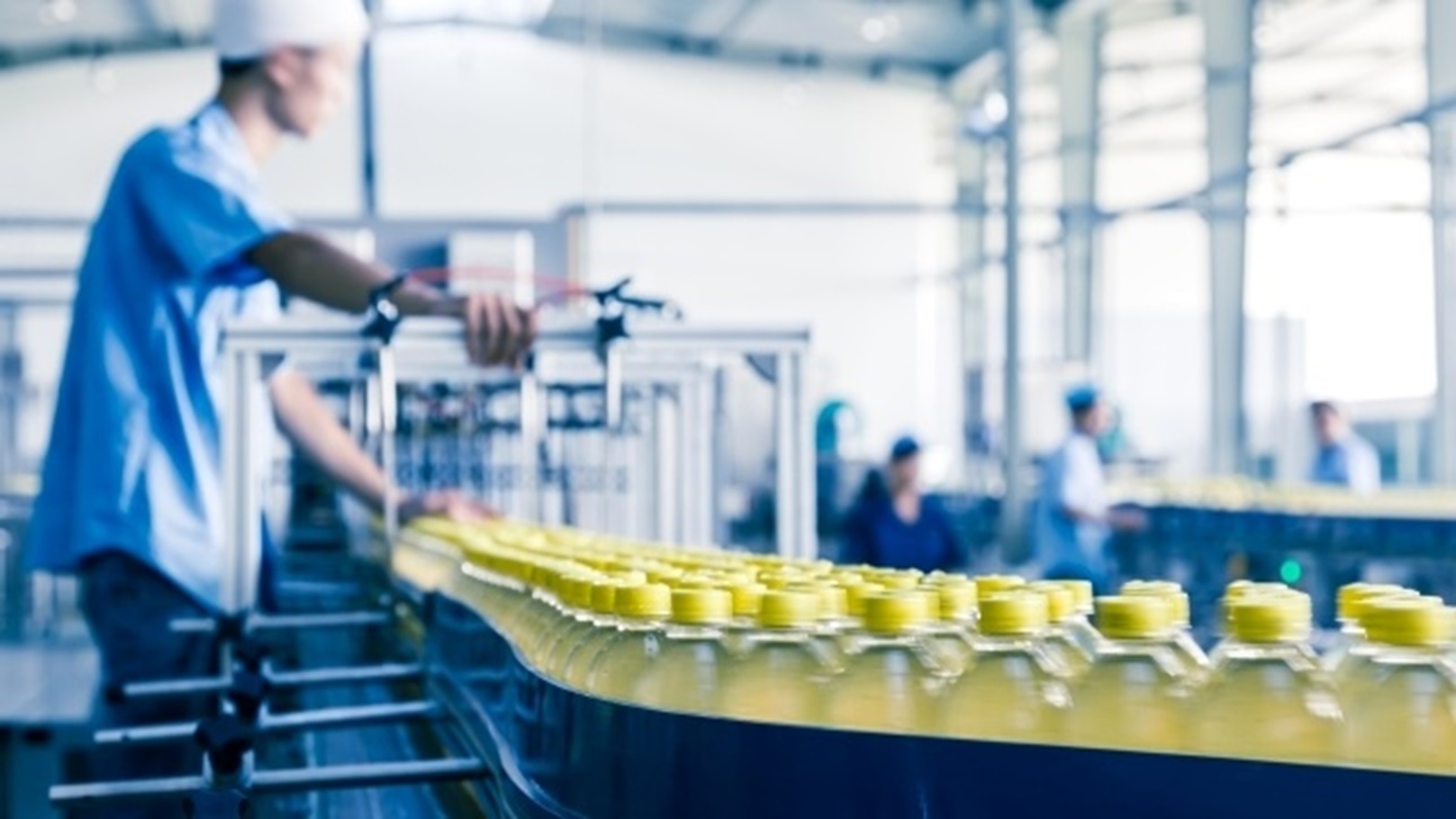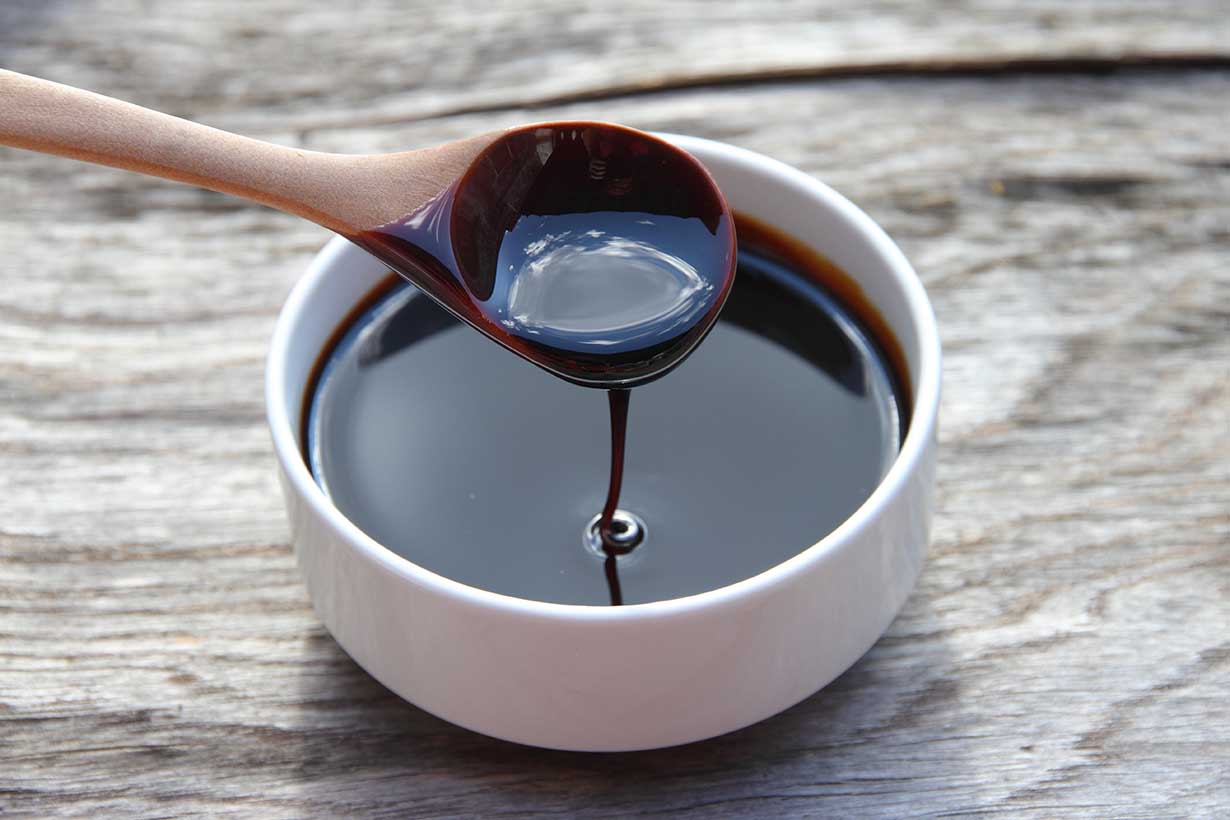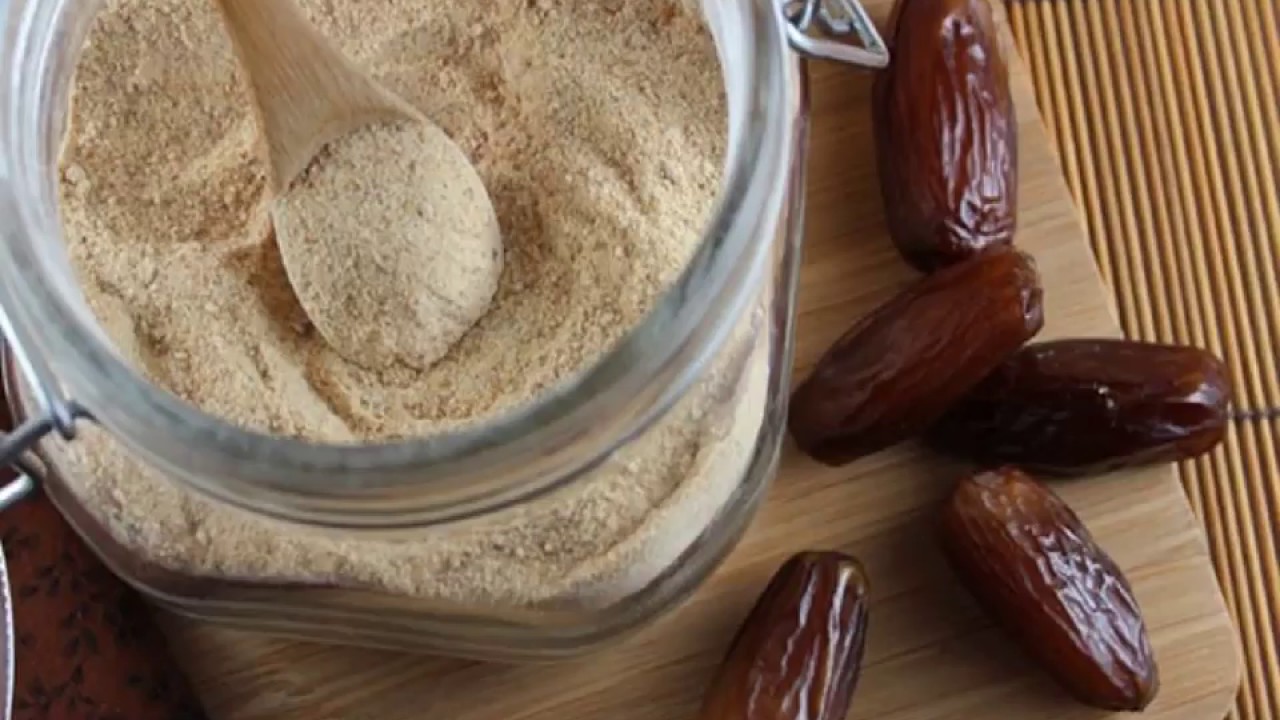How are Chips Made in Factories? A Step-by-Step Guide
Have you ever wondered how those crispy and tasty chips end up in your favorite snack bag? The journey of a chip begins in a chip factory, where an intricate process takes place to transform raw potatoes into those delicious snacks. In this guide, I will take you through the step-by-step process of how chips are made in factories.
Step 1: Potato Selection
The first and crucial step in chip production is the selection of high-quality potatoes. Potatoes with the ideal size, shape, and specific gravity are chosen. Certain varieties, such as russet and Yukon gold, are preferred due to their higher starch content, which results in crispier chips.
Step 2: Washing and Peeling
The selected potatoes are thoroughly washed to remove dirt and impurities. They then move through a peeling machine, which removes the skin. This process ensures the chips are made from clean and peeled potatoes, ready for further processing.
Step 3: Slicing
Once the potatoes are peeled, they are sent through a high-speed cutting machine, which slices them into thin, uniform pieces. These slices are commonly around 0.6-0.9 millimeters thick. The precision of this step ensures that each chip has a consistent thickness, leading to consistent frying and taste.
Step 4: Rinsing and Blanching
To remove excess starch and achieve a desirable color, the potato slices are rinsed with clean water. Following this, they are blanched in hot water or steam for a brief period. This blanching process pre-cooks the slices, making them easier to fry and giving them their distinctive color.
Step 5: Drying
After blanching, the slices move through a drying system that removes surface moisture. This step is essential to ensure the chips fry evenly and become crispy. The slices are carefully dried without causing any damage or breakage.
Step 6: Frying
Now comes the part that adds the tasty crunch to the chips – frying! The dried potato slices are immersed in hot vegetable oil, typically at temperatures around 175-190°C (350-375°F). This high-temperature frying cooks the chips to perfection while removing any remaining moisture.
Step 7: Seasoning and Flavoring
Once the chips are fried, they undergo another process – seasoning and flavoring. A variety of flavors can be added to the chips, such as salt, cheese, barbecue, or sour cream and onion. These flavorings are applied using special coating drums, ensuring even distribution throughout the batch.
Step 8: Cooling and Packaging
After the final flavoring, the chips are cooled to room temperature using cool air blowers. This helps to preserve their crispiness. The chips are then packed into bags, which are secured to maintain their freshness and protect them from moisture.
Step 9: Quality Control
Throughout the entire chip production process, quality control measures are taken to ensure the highest standards are met. Quality checks may involve sampling, sensory evaluation, and testing for things like proper texture, taste, and appearance.
Step 10: Distribution and Enjoyment
Once the chips have passed all quality checks, they are ready to be distributed to stores near you. From there, they make their way to your pantry or snack cupboard, ready to be enjoyed during your next movie night or as a satisfying snack on the go.
And there you have it – a behind-the-scenes look at how chips are made in factories. The intricate and carefully controlled processes involved in chip production ensure that each bag of chips you open delivers the same delectable taste and crunch. So, next time you indulge in your favorite bag of chips, you can now appreciate the journey it undertook from humble potatoes to the delightful snack that it has become.

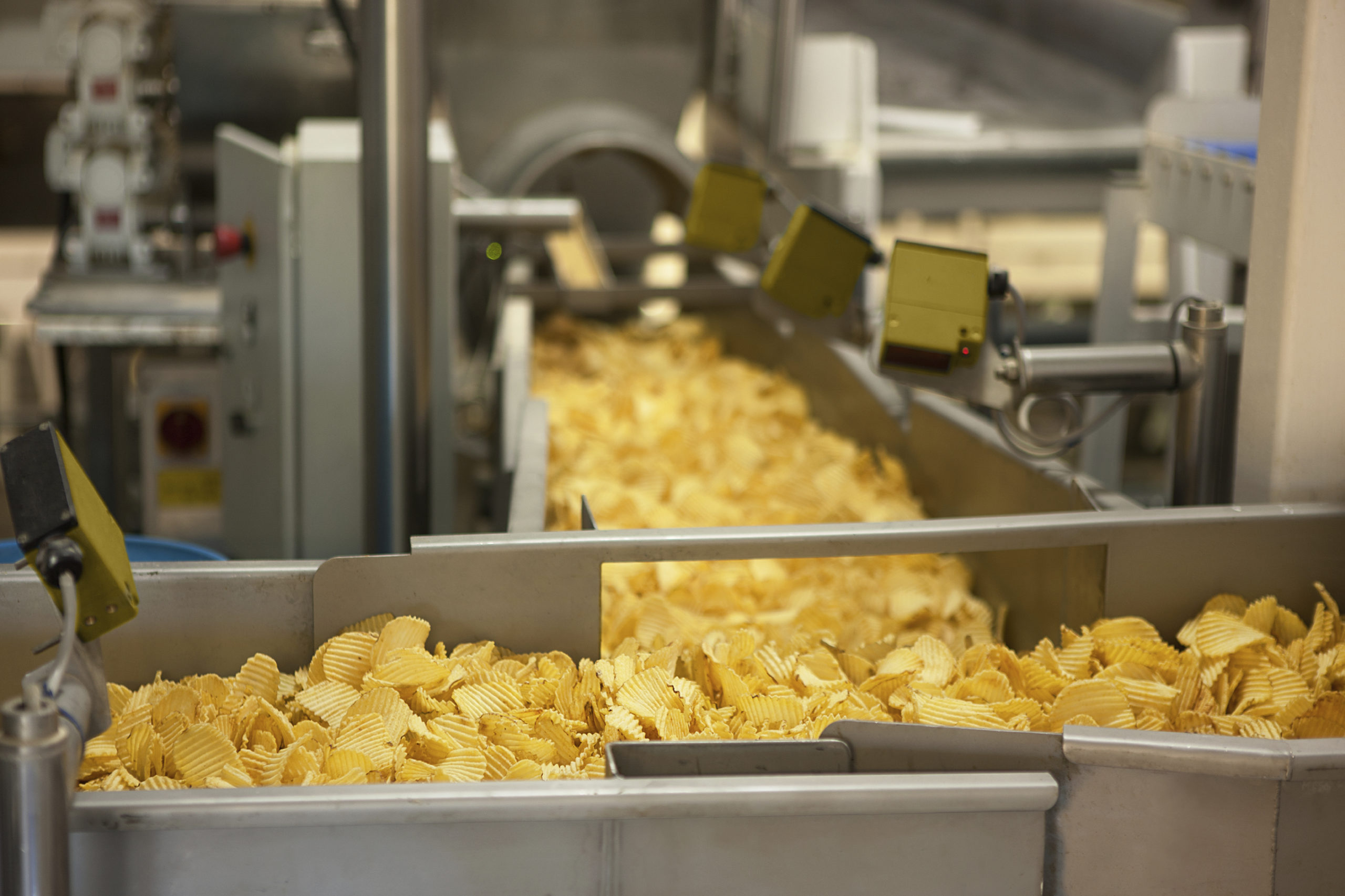
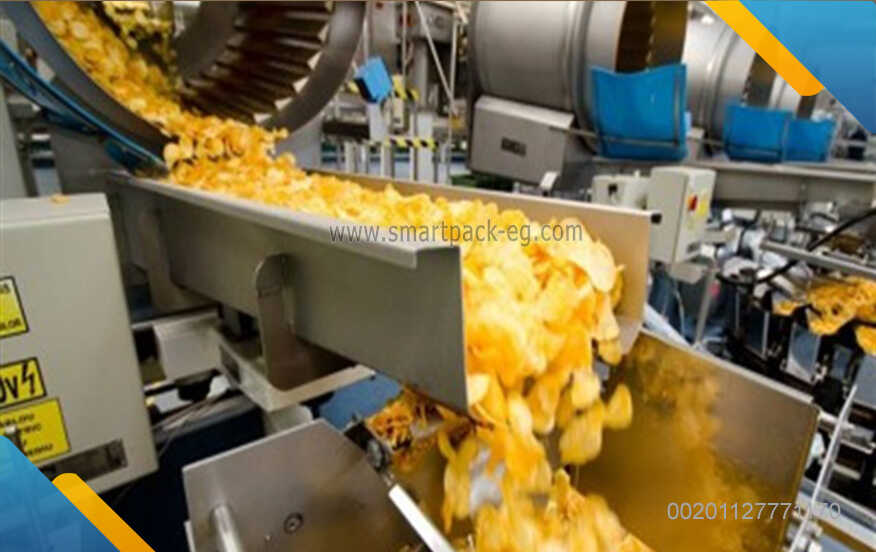
 Admin
Admin 